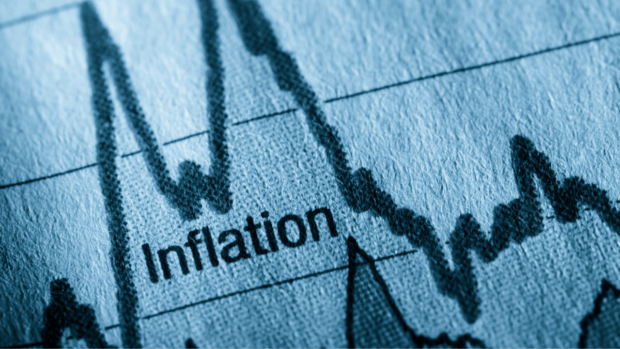
INQUIRER.net STOCK IMAGE
MANILA, Philippines — The Cabinet economic cluster continues to follow the instruction of President Ferdinand Marcos — continue thinking of ways to slow down inflation, even though the May 2023 figures indicate a continuous downtrend.
This was among the issues discussed on Tuesday during a sector meeting in Malacañang, Trade Secretary Alfredo Pascual said in an ambush interview with reporters after a Presidential Communications Office (PCO) briefing.
The cluster already discussed the issue early in March, during the peak of inflation, he said.
“It has gone down now. But earlier, we talked about it again,” Pascual said in Filipino, saying that Marcos took note of that during the sector meeting.
“He had no specific order except to continue the monitoring and thinking of ways to reduce inflation. That was his mandate,” he added.
In a separate statement, Marcos said the lower inflation showed that the country was going in the right direction.
“We are aware of your desire to have a more comfortable life. So we continue to strengthen the economic measures that the government is taking,” he said in Filipino.
“We are slowly achieving this comfort with the lower inflation rates through four consecutive months. And this May, it’s already down to 6.1 percent. This shows that we are pursuing the right direction to make the prices of goods more affordable.”
Marcos was referring to the May report of the Philippine Statistics Authority (PSA) that inflation has gone down to 6.1 percent, lower than April’s 6.6 percent.
The main driver pushing inflation down was a decline in the costs of transportation and food and non-alcoholic beverages.
Bottlenecks in the supply chain
To further bring down inflation, Pascual said there would be a need to address bottlenecks in the supply chain.
“Actually the solution is to remove the bottlenecks — because there are two types of inflation we are watching — food inflation and non-food inflation. For food inflation, one source of increases in prices is because of bottlenecks in the supply chain,” Pascual said.
“For example, there’s a big harvest in a certain area. That harvest doesn’t reach places where the demand is. So the solution there is to make sure that the logistics are available to be able to deliver the harvest to where the demand is.”
According to PSA, food production was one of the drivers in lowering inflation, noting that food inflation fell from 8.0 percent last April to 7.5 percent in May.
Following are some of the items that decreased:
- fish and other seafood — from 7.0 to 5.0 percent
- land animals — from 4.2 to 3.2 percent)
- milk, other dairy products, and eggs — from 13.0 to 12.1 percent
The inflation rate in Metro Manila also fell — from 7.1 percent in April to 6.5 percent in May.
The trend was also similar for areas outside Metro Manila, decreasing from 6.5 percent in April to 6.0 percent in May.